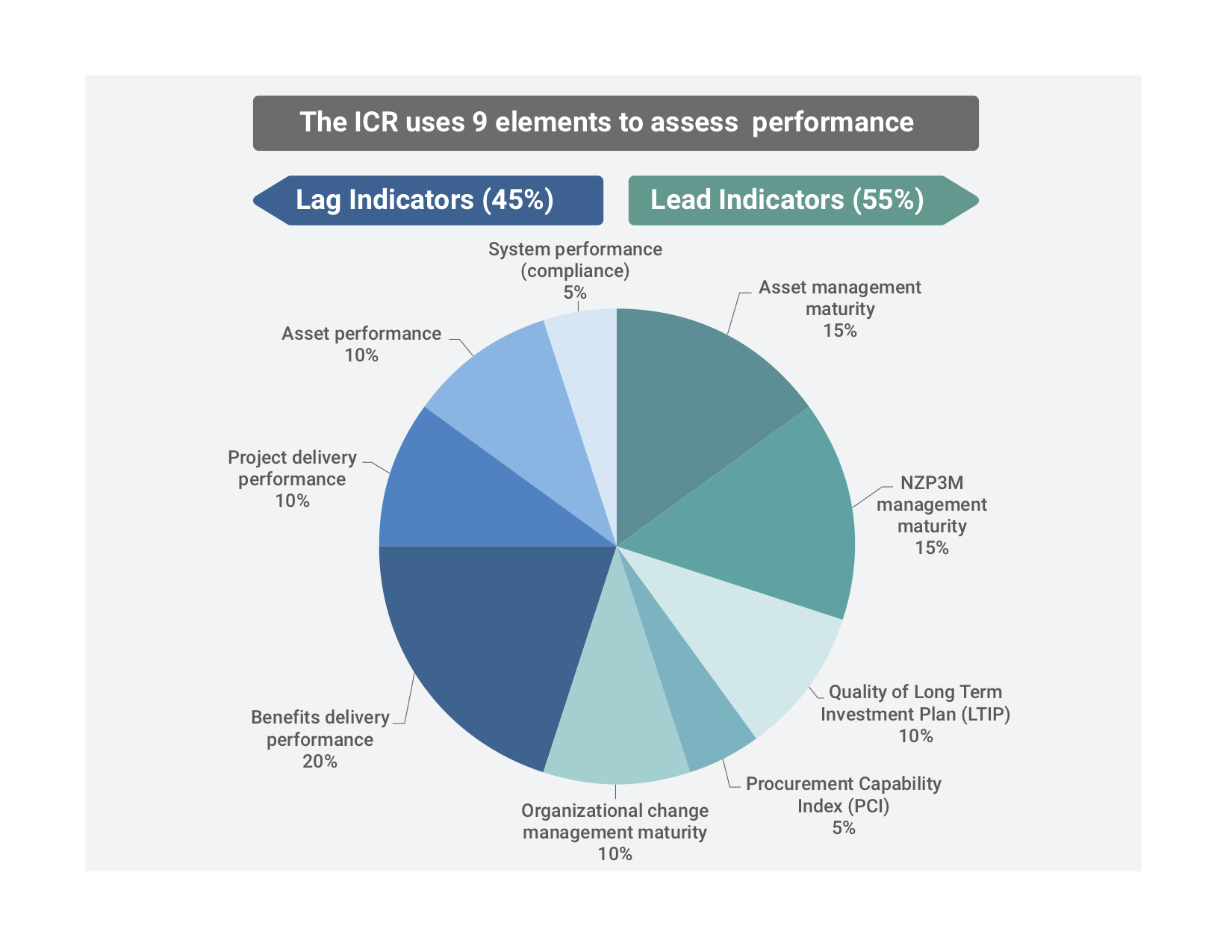- Chapters
-
Chapter 2
Sections - Chapter 2 Home Page
- Chapter PDF
Chapter 2
Quick Links
2.3.4
Monitoring TAM Program Improvements
Measuring TAM improvement is important for understanding if the plan needs adjustment, and to communicate success and motivate those responsible for implementation.
Once a commitment to make improvements has been made, the improvement process needs to be managed and monitored.
Regular updates, meetings, performance tracking (monitoring improving performance against the selected framework) and scheduled reviews by the TAM Governance Groups will help provide oversight to those responsible for undertaking the improvements.
This process also helps remove roadblocks by involving leaders from across the organization.
When to Re-Assess Performance
A regular commitment to monitor progress is important. This assessment will compare progress from the initial benchmark toward the desired level of competency. There is no set recommendation for when to assess progress; some agencies find it more important in the early stages of implementation, while others do not.
When considering the timing of progress assessments, it is important to consider:
- Process checkpoints. The frequency could be aligned with reporting requirements, but should also consider appropriate points where progress will be noticeable.
- Commitment. Undertaking an assessment will take time and resources, so it is important this is balanced against progressing with implementation.
- Champions and change agents. As these individuals are critical to the overall success of TAM implementation, if they change or need to monitor their own performance, then a review of progress can help motivate and reset goals.
Measuring Performance Improvements
Monitoring performance of the asset management system and the results of improvement actions can be challenging, as the cost of service delivery, quality of service levels and risk of service failures may shift over time, and can change following the implementation of an improvement action. The IIMM suggests some of the following potential TAM system performance indicators:
- Financial performance
- Data management performance
- Timeliness relative to target response times
- Productivity and utilization of resources
- Skills availability relative to planned requirements
- Adherence to quality procedures
Chapter 6 provides more information on performance measures, targets, and monitoring asset performance. Self assessment can focus both on service / asset outcomes experienced by users, as well as be internally focused to determine how well the agency is aligned with desired practices. It is important that agencies consider and select the appropriate level and focus of self-assessment for their requirements.
TIP
TAM Maturity Assessments should end with an Improvement Program, highlighting areas for self-improvement, which can then be prioritized according to agency priorities or strategic direction.
New Zealand Transport Agency
The New Zealand Treasury stewards the NZ government’s Investment Management System to optimize value from new and existing investments and assets for current and future generations of New Zealanders. One of the tools the system uses is the Investor Confidence Rating (ICR), which illustrates the confidence that government leadership (i.e. Ministers) can have in an agency’s ability to deliver investments that produce the desired results.
The ICR also promotes and provides a pathway for capability uplift. One element of the ICR evaluates the gap between current and target asset management maturity levels on the basis that good asset management practice provides the foundation for good investment management. The Treasury recommends periodic self-assessments using a methodology based on international asset management guidelines and the ISO 55001 standard.
The ICR assessment is conducted every 3 years, resulting in more decision-making autonomy for agencies that obtain a good rating and potential flexibility over investment assurance arrangement.
Adapted from New Zealand Treasury. Investor Confidence Rating (ICR).
https://treasury.govt.nz/information-and-services/state-sector-leadership/investment-management/review-investment-reviews/investor-confidence-rating-icr

